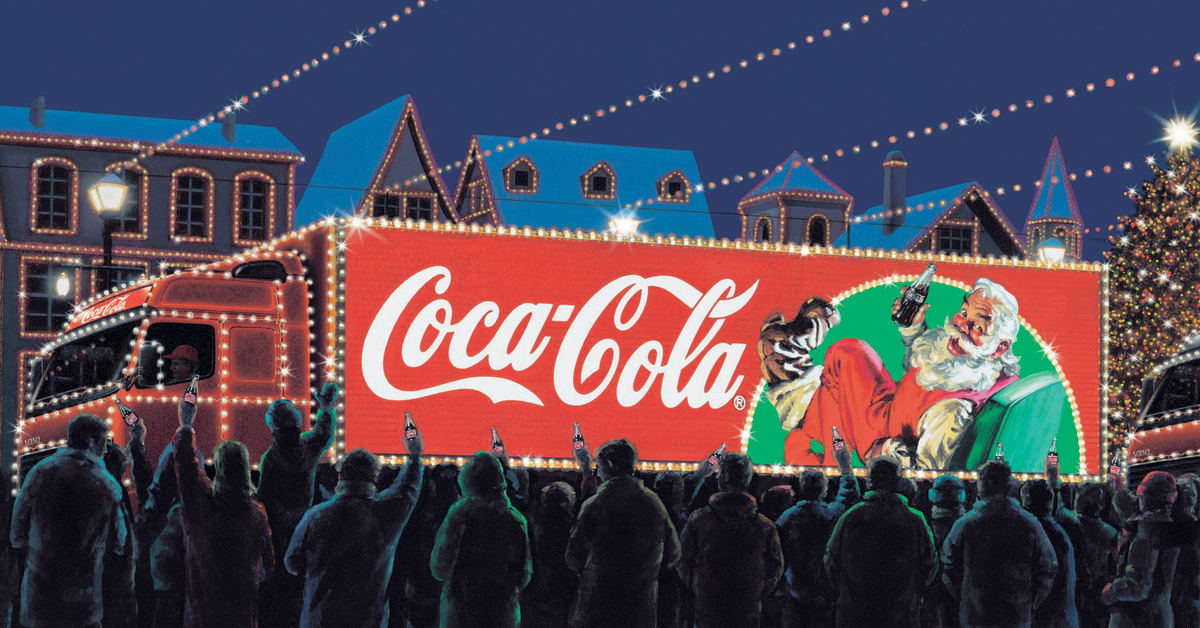While the first job of advertising is to get itself noticed, the second job is to be remembered. Otherwise, the third job, being persuasive, won’t typically have a chance for success until the advertising is being experienced directly at the point of sale.
So, from both my study of how memorable advertising works as well as my decade-plus experience in using facial coding to scientifically quantify emotionally effective, impressionable advertising, what actually works in generating high recall?
Here’s a short primer, involving nine possible variables:
The scientific estimation is that a visual impression enters the brain’s sensory storehouse for no more than half a second. In that brief time interval, consumers intuitively make a decision as to whether the image if worthy of retaining. Everything else gets discarded, given that the brain is like a paper-shredder constantly trying to avoid overload. Radical simplicity is therefore the first secret. Just like the joke that has to be explained to you is never as funny as the joke you just get, visual complexity kills recall potential. Since half the brain is devoted to processing visuals, failure to leverage imagery is fatal.
Invoking emotional engagement through relevance continues to be another key attribute of memorable advertising. But relevancy isn’t only whether the offer fits our needs, or wants of what we don’t want (our fears). It could be that we relate to the talent shown on screen or in print, to a problem that’s being depicted, or to a story line or theme. Because visuals serve as metaphors to help us understand the world around them, leverage them to establish a need or want. A case in point: the famous Maxell audio tape advertising that shows a guy in a chair inside his house or apartment, the lamp shade and the guy’s scarf both blown back from the force of the music coming out of the guy’s loudspeaker. There, the visual metaphors being exploited consist of conflating loud (versus soft) and fast (versus slow), given that the guy is also dressed to resemble a motorcycle rider (think, Easy Rider). Excitement and rebellion is the evoked want, reminding me of the funniest request I ever heard on a radio station. A mousy, timid sounding girl calls in to ask the DJ to play Steppenwolf’s hit song, “Born to Be Wild.”
Associations aided by familiarity provide another point of leverage.
The storage of memories is often based on the degree to which the information is associated with or linked to what else we’ve already retained. That’s because people are inherently lazy, like house cats, are what they already know and have retained works because it’s easier and ties in to what they have already deemed to be important, interesting, et cetera. The greater the number of these links (evoking stories already in our hearts and minds), the better the chance of recall. The Maxwell ad takes advantage of a number of associations we have regarding the outlaw status/myth of bikers. Link a key product attribute to a meaningful memory and use the latter to hook us on the former.
Speaking of associations, since neurons that fire together, wire together, yes, repetition does work. But since that approach can cost you lots of money (you may not have) and runs the risk of alienating people, let’s go on three more ways to generate recall.
The opposite of repetition is novelty. What’s new and surprising and of interest can literally make our eyes go wide with curiosity. Just make sure the mind’s eye has time to absorb it and let it register emotionally, which is at least 1/6th of a second (or 5 frames). That sounds easy to allow for, but believe me in testing advertising I’ve seen many instances of “bald spots” where consumers aren’t engaged because everything is happening too fast.
Change works, because real or implied motion gets our attention. The explanation is from an evolutionary point of view, survival. Any change in the status quo may provide an opportunity or pose a threat. When the change involve intensity, even better. What’s red-hot invites or even demands scrutiny.
Finally, make sure your advertising involves an explicit or at least an implicit story, and that the story has a peak or climax to it. Nothing bores people more than a story, or joke, without a pay-off or punch line. Way too many commercials are like a drive through Kansas, instead of Colorado. Everything’s flat, with the problem/solution scenario not really working because the problems depicted are as dull as the outcome. A great ad should have at least one peak, maybe even two. Our research furthermore shows that a peak that comes later is better, leading the emotional momentum build. For the TV spots we’ve tested, peaks that come later enjoy a true-smile, top-box emotionally pay-off that’s 12.8% greater than a peak that occurs at or before the mid-point of a 30-second spot.
Contributed to Branding Strategy Insider by: Dan Hill, President, Sensory Logic and Author of About Face
The Blake Project Can Help: The Emotional Connection Workshop
Branding Strategy Insider is a service of The Blake Project: A strategic brand consultancy specializing in Brand Research, Brand Strategy, Brand Licensing and Brand Education




